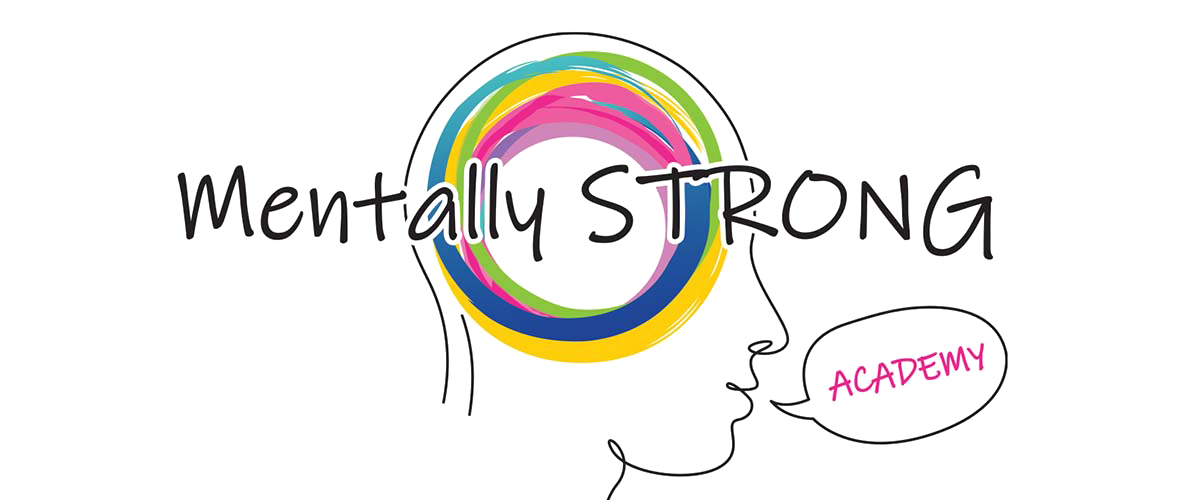More Than Willpower: How to Embrace Behavioral Change
Behavioral change is a complex process that goes beyond sheer willpower and motivation. It involves a deep understanding of our neurobiological makeup and the patience to nurture new behaviors while phasing out old ones.

The Power of Negative Thoughts
We often set goals and then criticize ourselves when we fail to meet them. This pattern of negative thinking is common and needs to be addressed thoughtfully. Recognizing these thoughts and understanding their origins is crucial in overcoming them.
Core Connections: The Emotional Backbone
Core connections are deeply rooted beliefs and experiences that shape our reactions and behaviors. In my life, the belief that hard work doesn’t always guarantee success has been a significant core connection, influenced by personal loss and challenges.
A Balanced Approach to Self Improvement
When engaging with self-help material, it’s essential to maintain a balanced perspective. This involves assessing how the advice fits into our lives and addresses our core connections and triggers.
Navigating Triggers
Identifying and managing triggers is a critical aspect of behavioral change. Understanding what sets off certain behaviors or thoughts can help us separate them from our core connections and negative thoughts, allowing for more effective management.
Aligning Actions with Personal Vision
True behavioral change aligns with a personal vision that reflects our deepest desires and values. This alignment ensures that our efforts are not just about conforming to external expectations but are genuinely in line with what we want for ourselves.
Conclusion: Embracing the Change Journey
Behavioral change is a journey that demands patience, understanding, and kindness towards oneself. It’s about setting realistic expectations, aligning actions with personal values, and allowing ourselves the grace to grow at our own pace.


